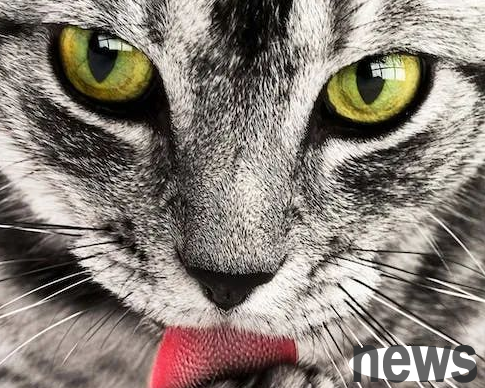It is time to say goodbye to the "wild way" of feeding cats and move towards a smooth road of scientific breeding! Here, we will reveal the secrets of pet cat feeding for you, so that your cats can live a healthy and happy life.
1. Cats are carnivorous animals and have a very high demand for protein. Therefore, when choosing cat food, you should choose high-quality cat food with high protein and low carbohydrate. At the same time, in order to increase the cat's appetite and nutritional intake, some fresh fish, chicken or vegetables and fruits can be added appropriately. But be careful that excessive fish meat may cause cats to consume too much mercury, so they should be fed in moderation.

2. The principle of regular and quantitative feeding
follows the feeding principle of "timed and quantitative" and helps to cultivate good eating habits in cats and prevent health problems such as obesity. Feed at a fixed time every day, control the amount of food each time, and avoid allowing the cat to eat freely. For cats of different ages and health conditions, the feeding quantity and frequency must be adjusted according to actual needs.
3. The importance of drinking water
Water is the source of life and is equally important to cats. Ensuring that your cat has fresh and clean water to drink at any time is the key to maintaining its health. You can place several more water bowls in the cat's activity area, or buy a pet water dispenser to let the water flow and stimulate the cat's interest in drinking water.
4. Use of snacks and rewards
Snacks can not only be used as rewards for training cats, but also stimulate cats' appetite when they lose their appetite. But be careful that snacks cannot replace staple foods, and over-feeding of snacks may lead to nutritional imbalance in cats. Therefore, when choosing snacks, you should choose healthy, low-calorie cat snacks and control the amount of feeding.

5. Pay attention to the health of cats. Each cat has a unique physical condition and needs. Take your cat to the pet hospital for examination regularly, and adjust your dietary structure and nutritional supplements according to your age, health status and doctor's advice. For example, older cats may need more fiber and digestible foods, while young cats need more protein and calcium.
6. Creating a pleasant dining environment
Let cats eat in a quiet and comfortable environment, which will help improve their appetite and digestion. Avoid making noise or other disturbing behaviors while your cat is eating. At the same time, wash the food bowl and water bowl regularly to keep it clean and hygienic.
7. The importance of interaction and companionship
In addition to material satisfaction, spiritual companionship is equally important to cats. Taking time out every day to interact and play with cats, not only can enhance each other's feelings, but also help cats consume excess energy and maintain a healthy body shape. Remember, you are not only a cat breeder, but also a friend and family member.

8. Cope with picky eating and anorexia problems
When encountering cats who are picky eating or anorexia, you can try changing cat food of different flavors or adding some fresh ingredients to stimulate their appetite. At the same time, pay attention to the cat's behavior and physical condition. If there are any abnormalities, seek medical treatment in time.
Conclusion:
Feeding cats is not an easy task, and we need to observe carefully and raise them scientifically. Through the introduction of this article, I believe you have mastered the basic principles of pet cat feeding. Remember, love is the greatest motivation. As long as we love and pay attention to it, we will definitely let the cat live a happy and happy life! If you have more questions or sharing your experiences about cats, please follow our account and become a big shot in the cat world together!